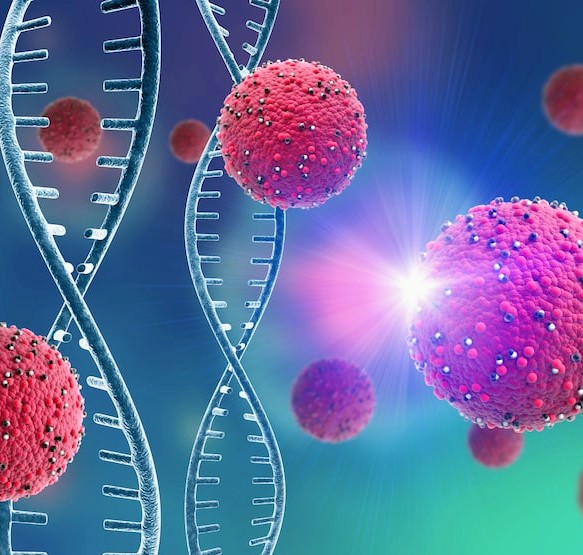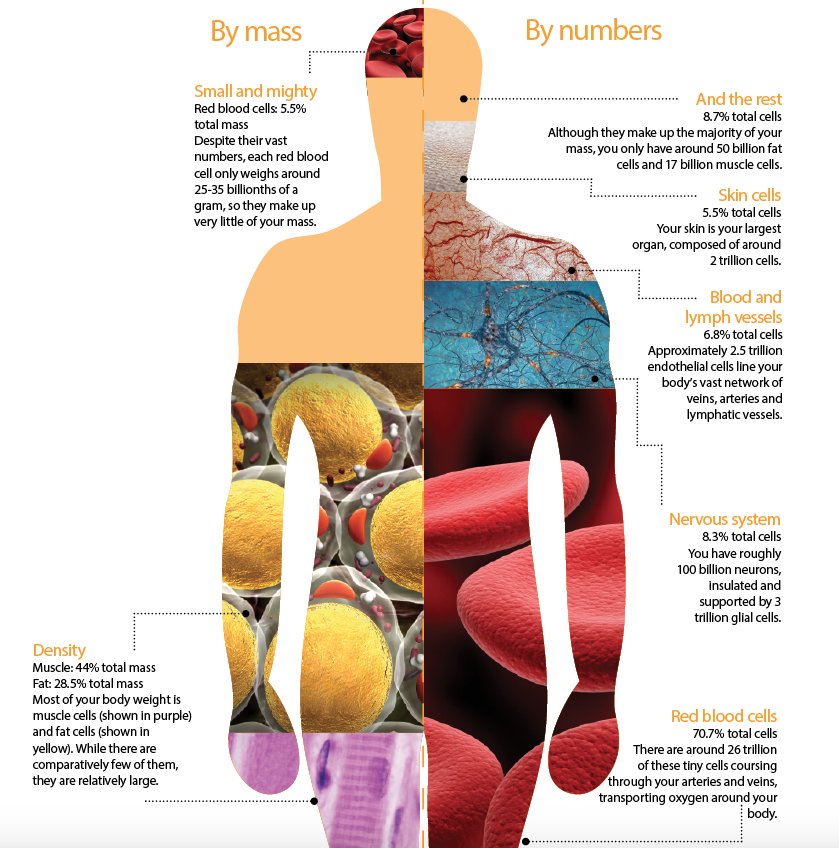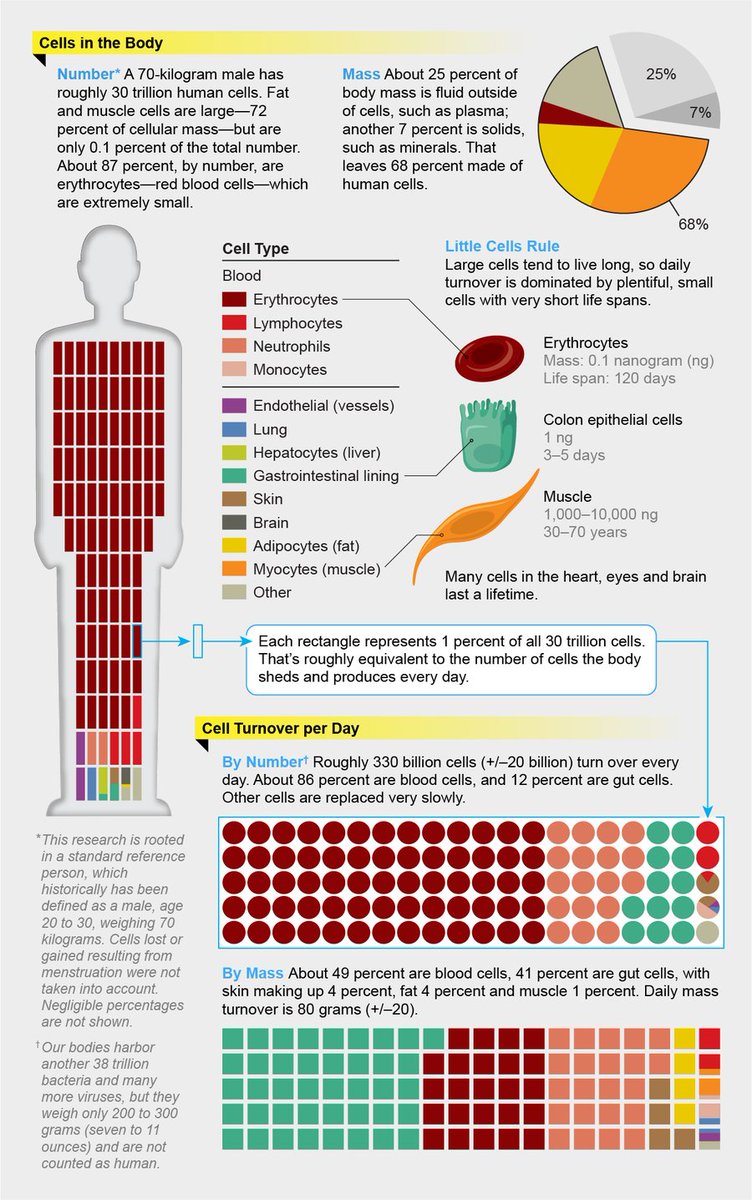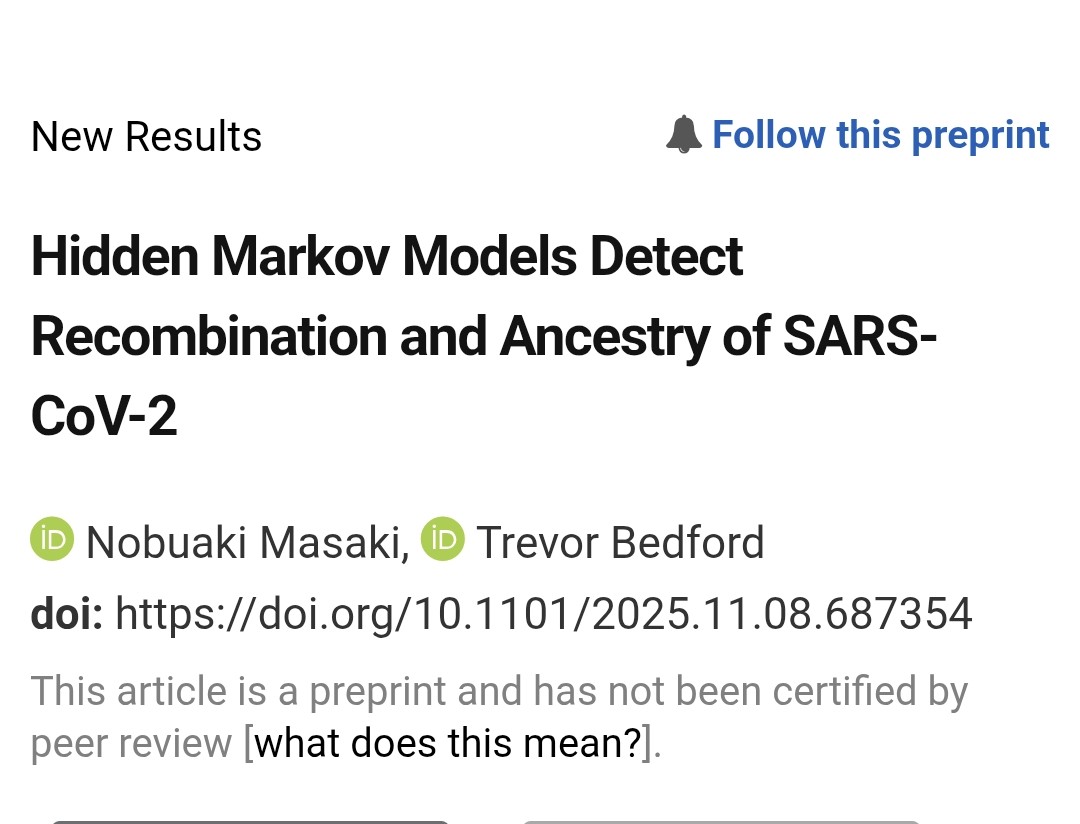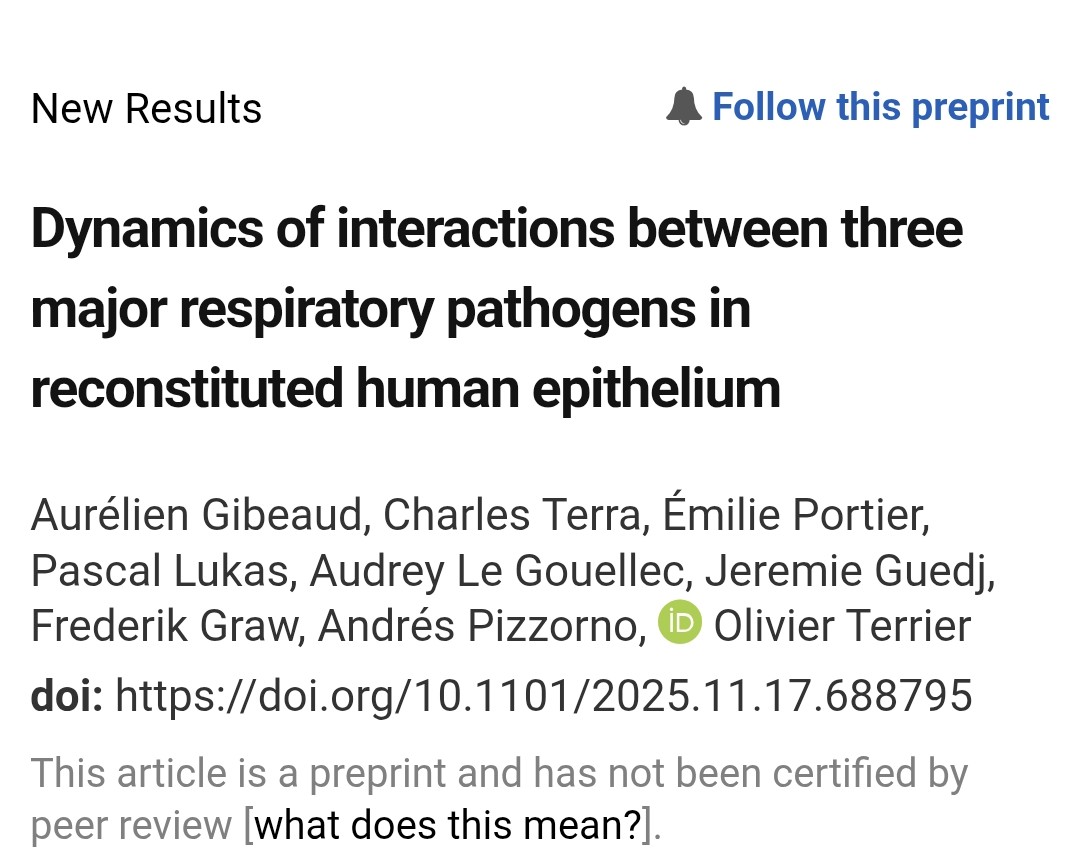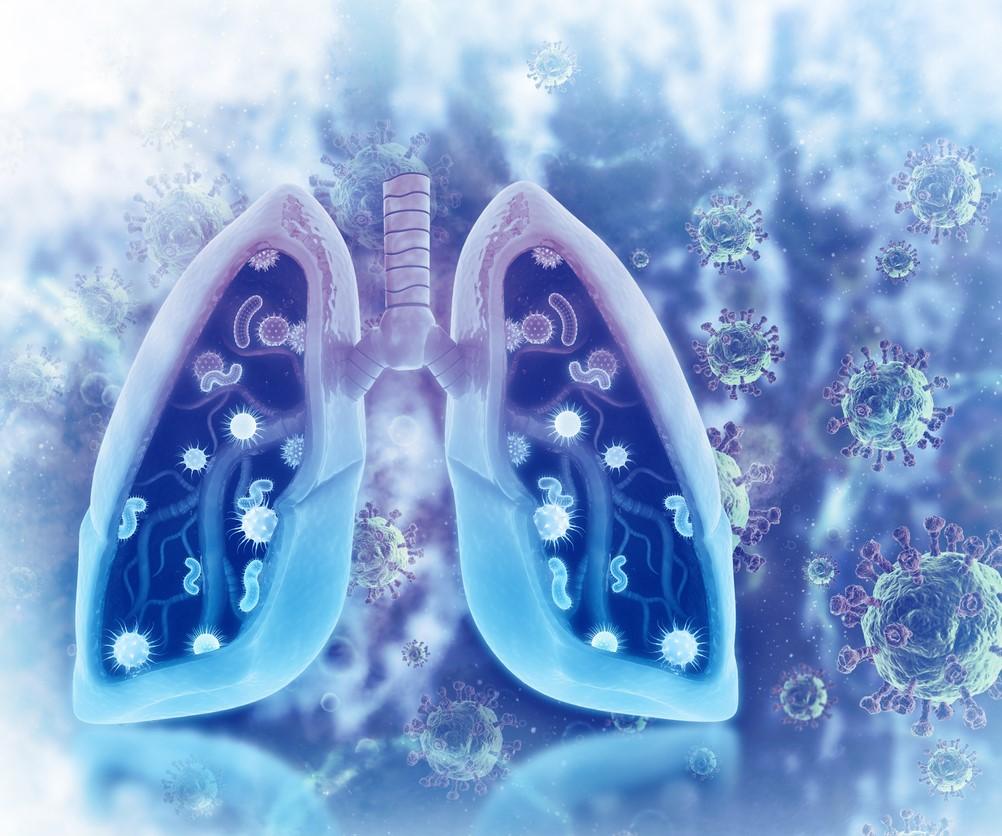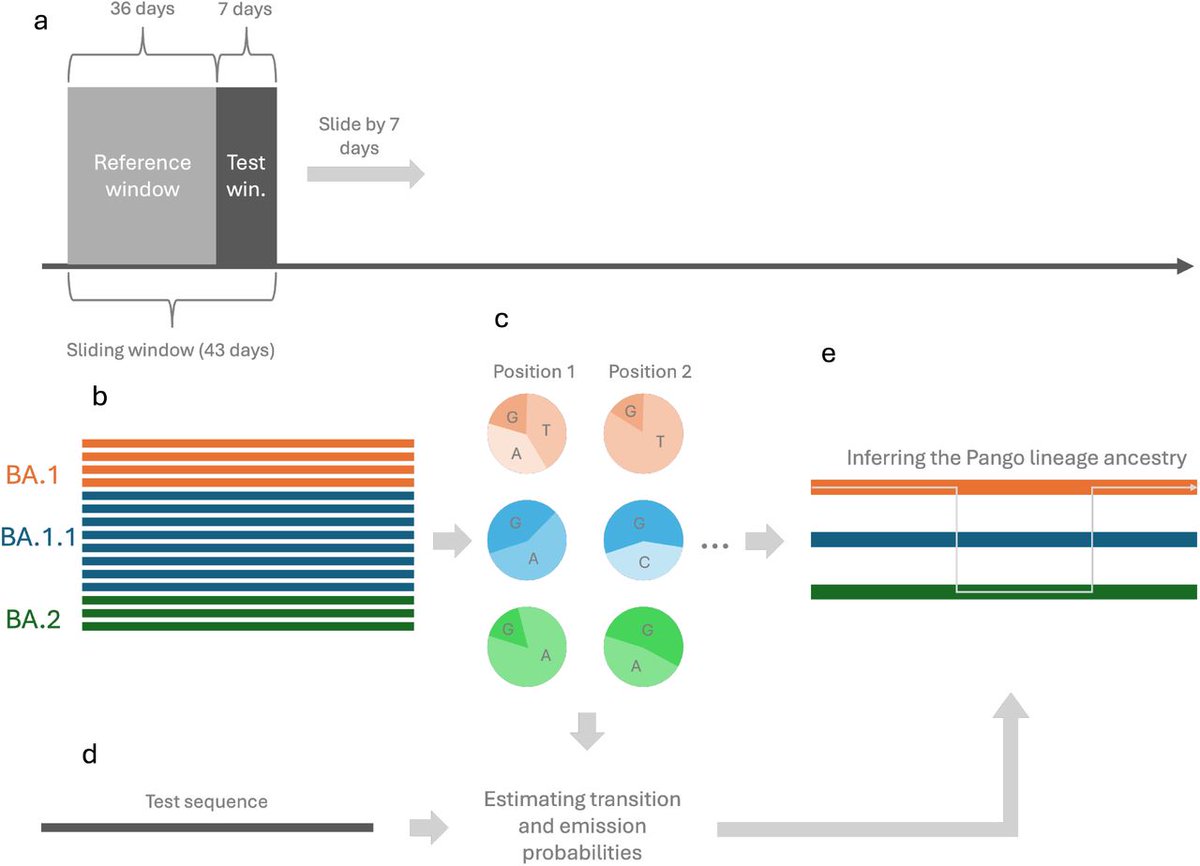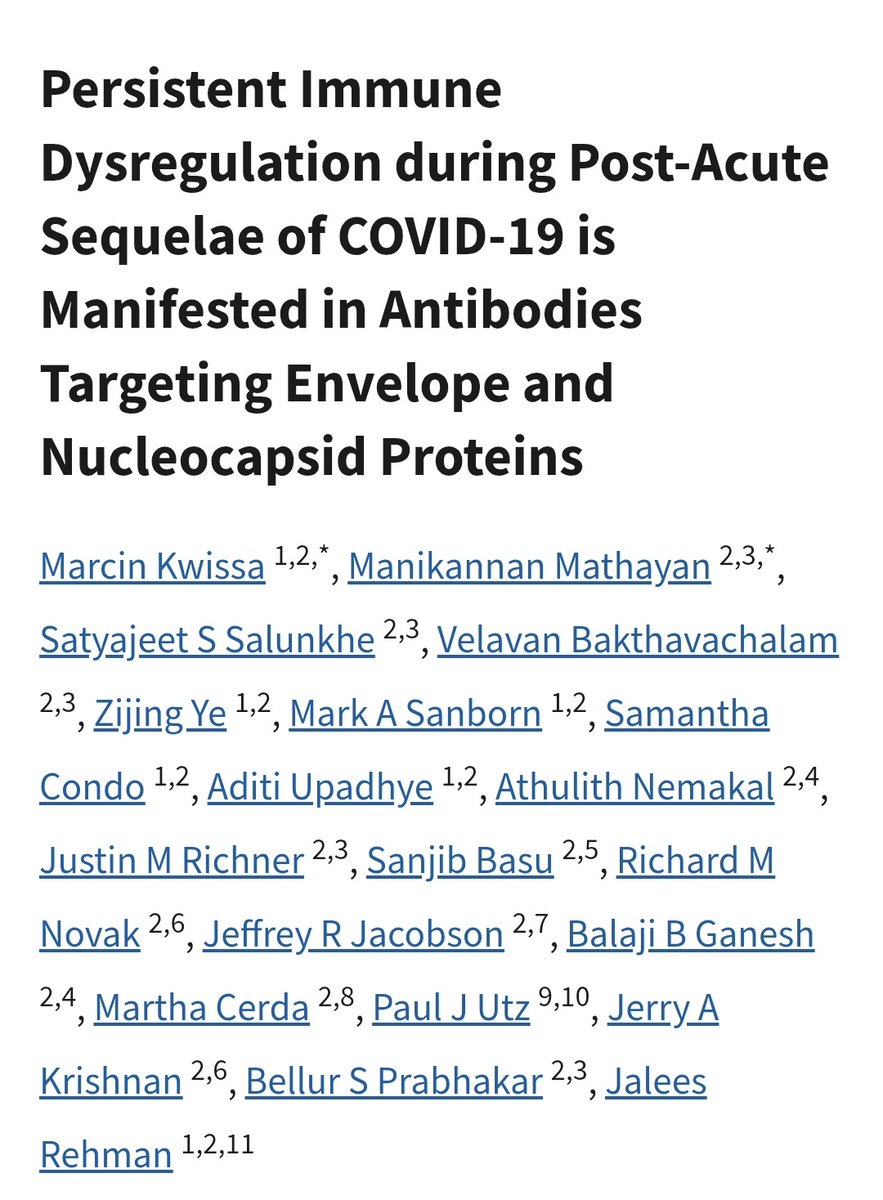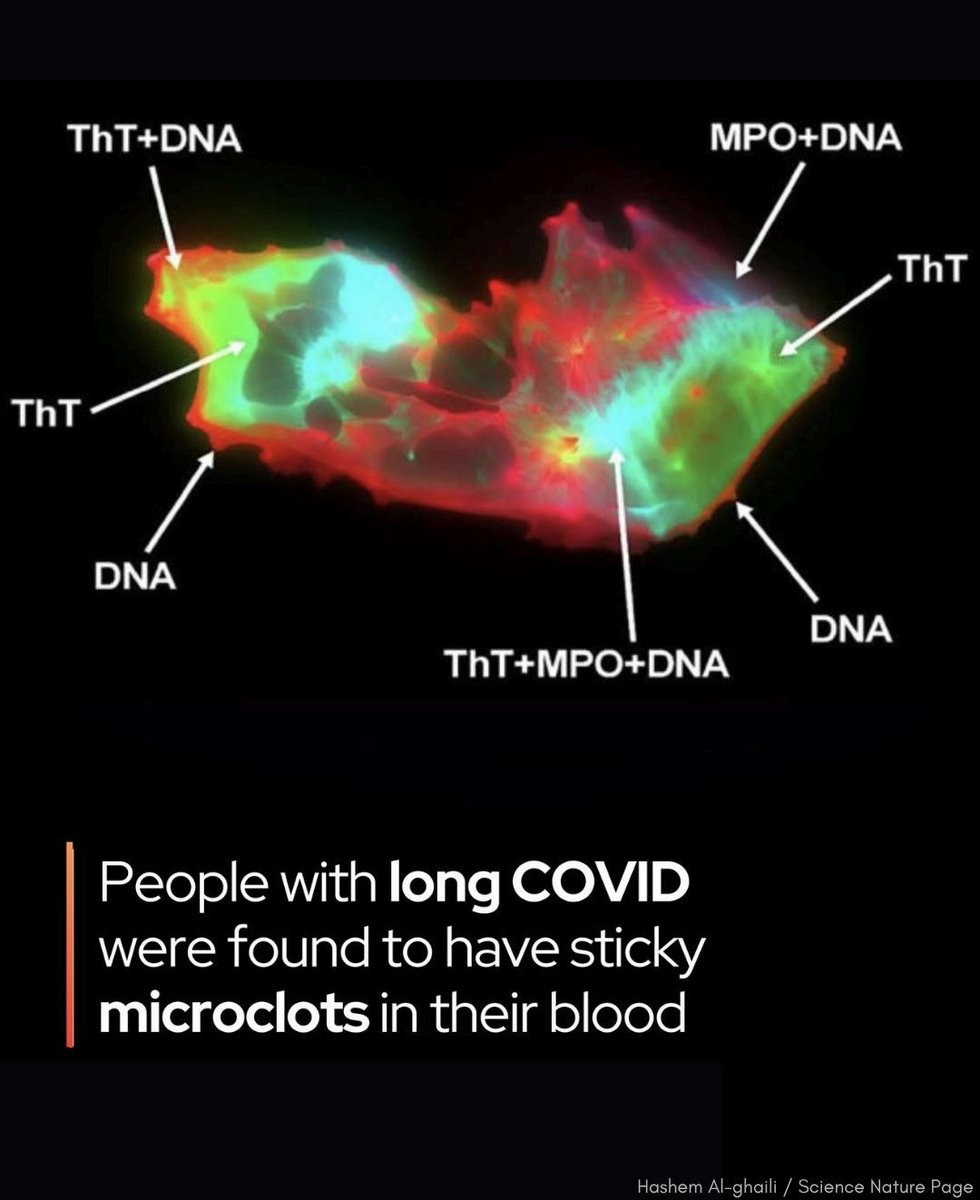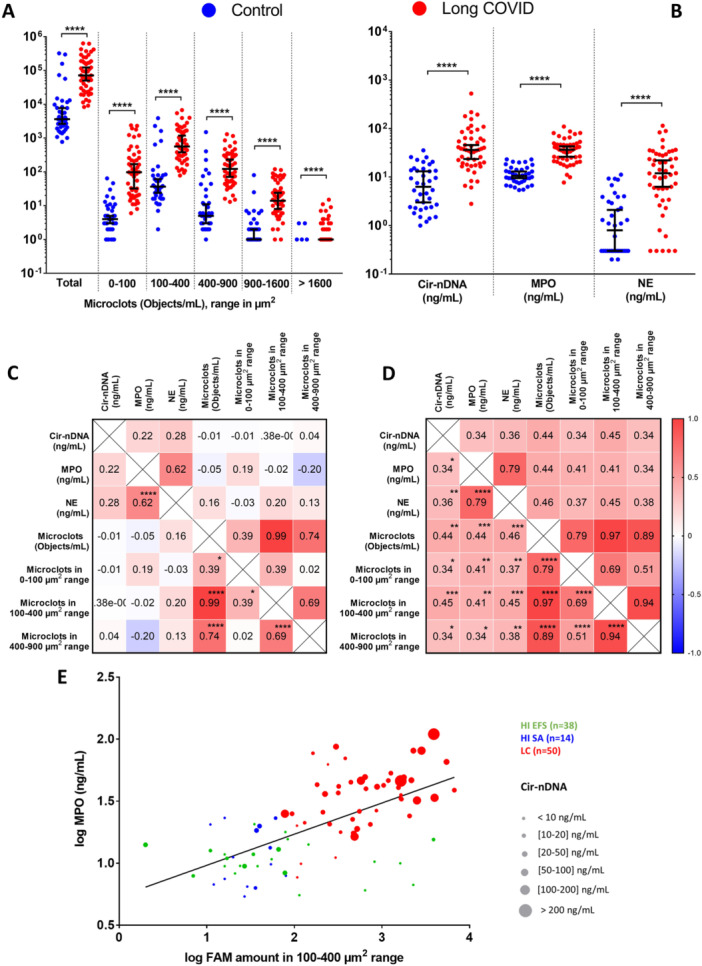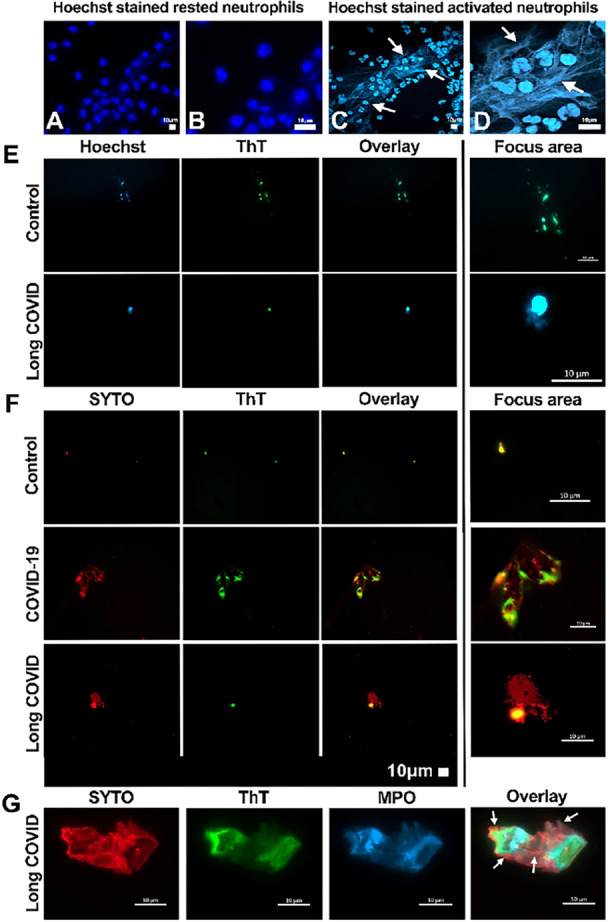2) There is always the risk with such hypotheses of being accused of anthropomorphism, i.e. lending human behaviors to a virus which cannot have any.
However, there have been several interesting studies on this subject and particularly in the field of behavioral neurovirology.
However, there have been several interesting studies on this subject and particularly in the field of behavioral neurovirology.

3) In fact, such behaviour-changing effects of viruses – so-called behavioural host manipulation – are not new, and have previously been reported for some viruses.
The theory is that pathogens do this to maximise their reproduction rate and in turn, their spread and survival.
The theory is that pathogens do this to maximise their reproduction rate and in turn, their spread and survival.

4) The example of rabies virus :
"When a host is infected with the rabies virus it gets into the host’s central nervous system and triggers hyper aggression. The virus is also present in the rabid animal’s saliva ...
"When a host is infected with the rabies virus it gets into the host’s central nervous system and triggers hyper aggression. The virus is also present in the rabid animal’s saliva ...

5) ... so being bitten transmits the infection to a new host and the old host is left to eventually die if untreated." 
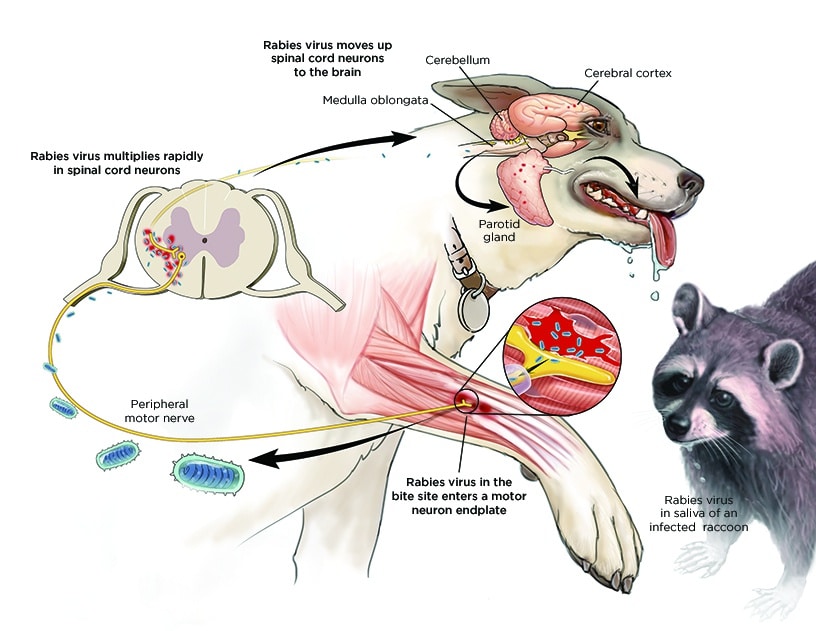
6) In a first study, they "hypothesized that the novel coronavirus, SARS-CoV2, which produces the COVID-19 disease may produce host manipulations that maximize its transmission between humans."
ncbi.nlm.nih.gov/pmc/articles/P…
ncbi.nlm.nih.gov/pmc/articles/P…
7) First hypothesis :
The virus may act on an area of the brain called the anterior cingulate cortex (ACC), which is involved in social behaviour and emotional regulation. By manipulating the ACC, instead of observing distancing rules, people would be drawn to "gather socially"
The virus may act on an area of the brain called the anterior cingulate cortex (ACC), which is involved in social behaviour and emotional regulation. By manipulating the ACC, instead of observing distancing rules, people would be drawn to "gather socially"

8) Second hypothesis :
"While there are effects on behaviour through virus-induced changes in the nervous system, Covid has the potential also to change the endocrine system that produces hormones that regulate many functions, from sleep to reproduction and social behaviour"
"While there are effects on behaviour through virus-induced changes in the nervous system, Covid has the potential also to change the endocrine system that produces hormones that regulate many functions, from sleep to reproduction and social behaviour"

9) In another study, they show that SARS-COV-2 "bind to the host receptor neuropilin-1 in order to gain entry into the cell" but also can cause "interferon suppression and the resulting reduction in sickness behavior ...
10) ... enhanced transmission through neurally mediated cough induction, and reduction in sense of smell."
link.springer.com/article/10.100…
link.springer.com/article/10.100…
11) We had already mentioned this hypothesis in particular because of the impact of the virus on dopamine.
https://twitter.com/ejustin46/status/1685221391010873344?t=PPsFwkCJbtQQ7qFfxRWmrw&s=19
12) Of course, these remain hypotheses but clearly the virus has more than one trick up its sleeve.
Thanks 🙏
FYI
@MeetJess @RadCentrism @DavidJoffe64 @C_A_Gustave @arijitchakrav @HarrySpoelstra @outbreakupdates @1goodtern
@dbdugger @AltenbergLee @RolandBakerIII @UseBy2022
Thanks 🙏
FYI
@MeetJess @RadCentrism @DavidJoffe64 @C_A_Gustave @arijitchakrav @HarrySpoelstra @outbreakupdates @1goodtern
@dbdugger @AltenbergLee @RolandBakerIII @UseBy2022

• • •
Missing some Tweet in this thread? You can try to
force a refresh



